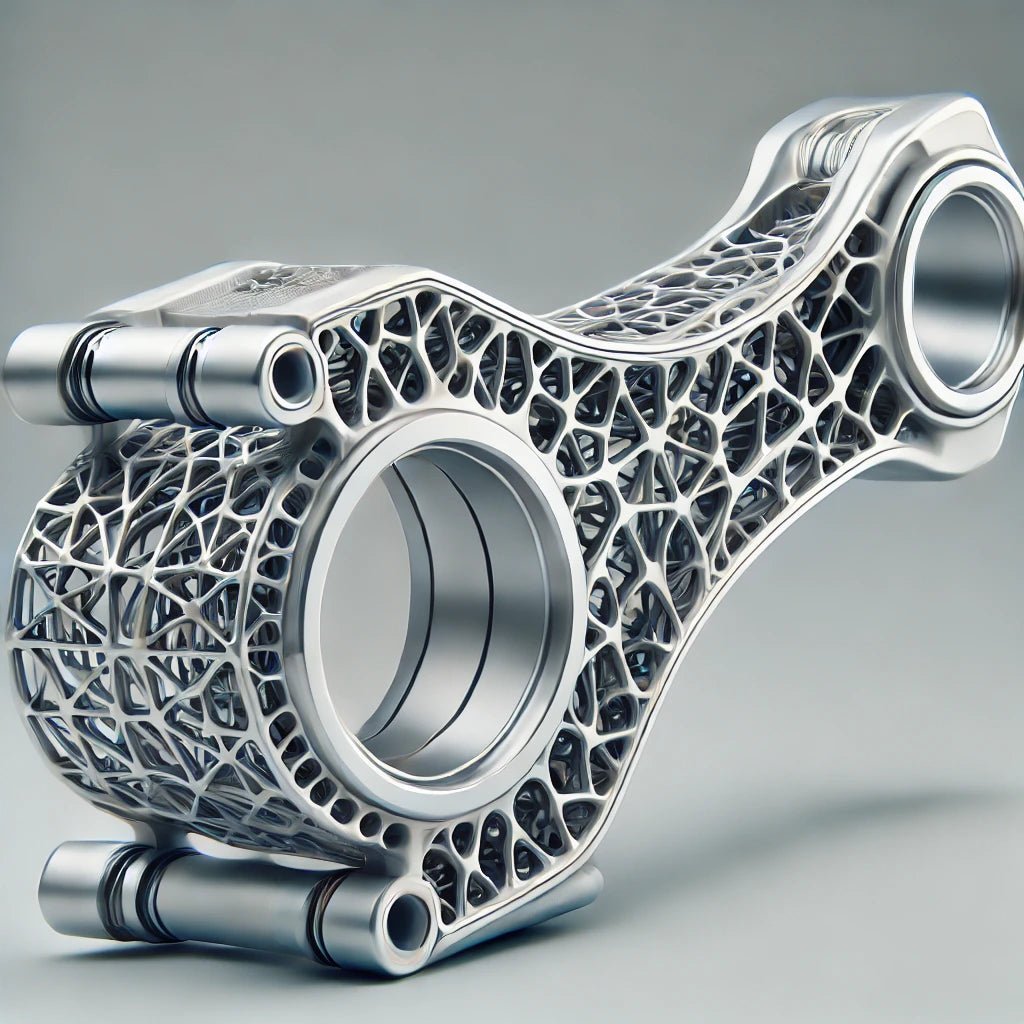
Revolutionizing Design with Lightweighting Technology.
Share
Revolutionizing Design with Lightweighting Technology
In the ever-evolving landscape of engineering and manufacturing, innovation is the key to staying ahead. One of the most transformative advancements in recent years is the concept of lightweighting, particularly in additive manufacturing (AM). At Technast, we believe in harnessing cutting-edge technology to provide unparalleled solutions, and lightweighting is at the forefront of this revolution.
What is Lightweighting?
Lightweighting involves reducing the weight of a product without compromising its structural integrity or performance. This is achieved through advanced design techniques and material optimization, often utilizing the capabilities of AM. The result is a product that is not only lighter but also more efficient and cost-effective.
The Role of Additive Manufacturing
Additive manufacturing, or 3D printing, plays a crucial role in the lightweighting process. Unlike traditional manufacturing methods that often involve subtracting material from a solid block, AM builds products layer by layer. This allows for intricate designs and geometries that were previously impossible to achieve. With AM, engineers can create complex internal structures that provide the necessary strength while significantly reducing weight.
Benefits of Lightweighting
-
Material Efficiency: By optimizing the design, lightweighting minimizes material usage, leading to cost savings and reduced environmental impact. This is particularly beneficial in industries like aerospace and automotive, where every gram counts.
-
Enhanced Performance: Lighter products can improve performance in various ways. For instance, in the automotive industry, reducing the weight of components can lead to better fuel efficiency and handling.
-
Design Flexibility: Lightweighting allows for greater design freedom. Engineers can experiment with complex shapes and structures that are both aesthetically pleasing and functional.
-
Sustainability: With less material required, the environmental footprint of production is reduced. This aligns with the growing demand for sustainable manufacturing practices.
Real-World Applications
The applications of lightweighting are vast and varied. In aerospace, lightweight components contribute to fuel savings and lower emissions. In healthcare, lighter prosthetics improve comfort and mobility for patients. The automotive industry benefits from enhanced performance and fuel efficiency, while consumer electronics see improvements in device portability and battery life.
Conclusion
At Technast, we are committed to leveraging the power of lightweighting to deliver innovative solutions to our clients. By integrating advanced lightweighting techniques into our design and manufacturing processes, we can help you achieve superior products that are not only lighter but also stronger and more efficient. Explore our range of engineering solutions at technast.ca and discover how we can transform your ideas into reality.
